College of Arts and Science’s 2025 summer reading guide

13 books to get you through the hot summer months
With temperatures climbing outside, the urge to get comfortable on a couch or chair in air conditioning becomes stronger. We’ve talked with a few of our faculty to get their recommendations on your next summer read.
Find out their favorite books they found while traveling, books they feel deserve more hype, books they wish they read sooner, their coziest reads, books that transported them back in time, and books that taught them something new.
📍Favorite book you found while traveling
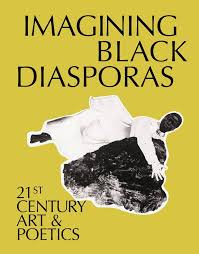
- Claire Sisco King, chair of the Department of Cinema and Media Arts and associate professor of communication studies: Imagining Black Diasporas: 21st-Century Art and Poetics edited by Dhyandra Lawson. “This book is the exhibition catalogue for an exhibition that is currently running at the Los Angeles County Museum of Art (LACMA). I was privileged to see the show and listen to its curator, Dhyandra Lawson, discuss the exhibition, which features nearly 70 works of art by Black artists from around the world. The show and the catalogue are among the first to consider global Black art and diaspora at this scale. The show is an important expansion to LACMA’s collection, with around 40 new acquisitions for the museum, and the catalogue is stunning. Nothing beats seeing art in person, but the photographs in this catalogue are a close second.”
- Holly McCammon, chair of the Department of Sociology and Cornelius Vanderbilt Chair: On Looking: Eleven Walks with Expert Eyes by Alexandra Horowitz. “This is a fabulous book that can be helpful in a place you know extremely well or in a new region you’re visiting. Who knew we brought such different ways of seeing and knowing to the same world!”
📣 The book that deserves more hype
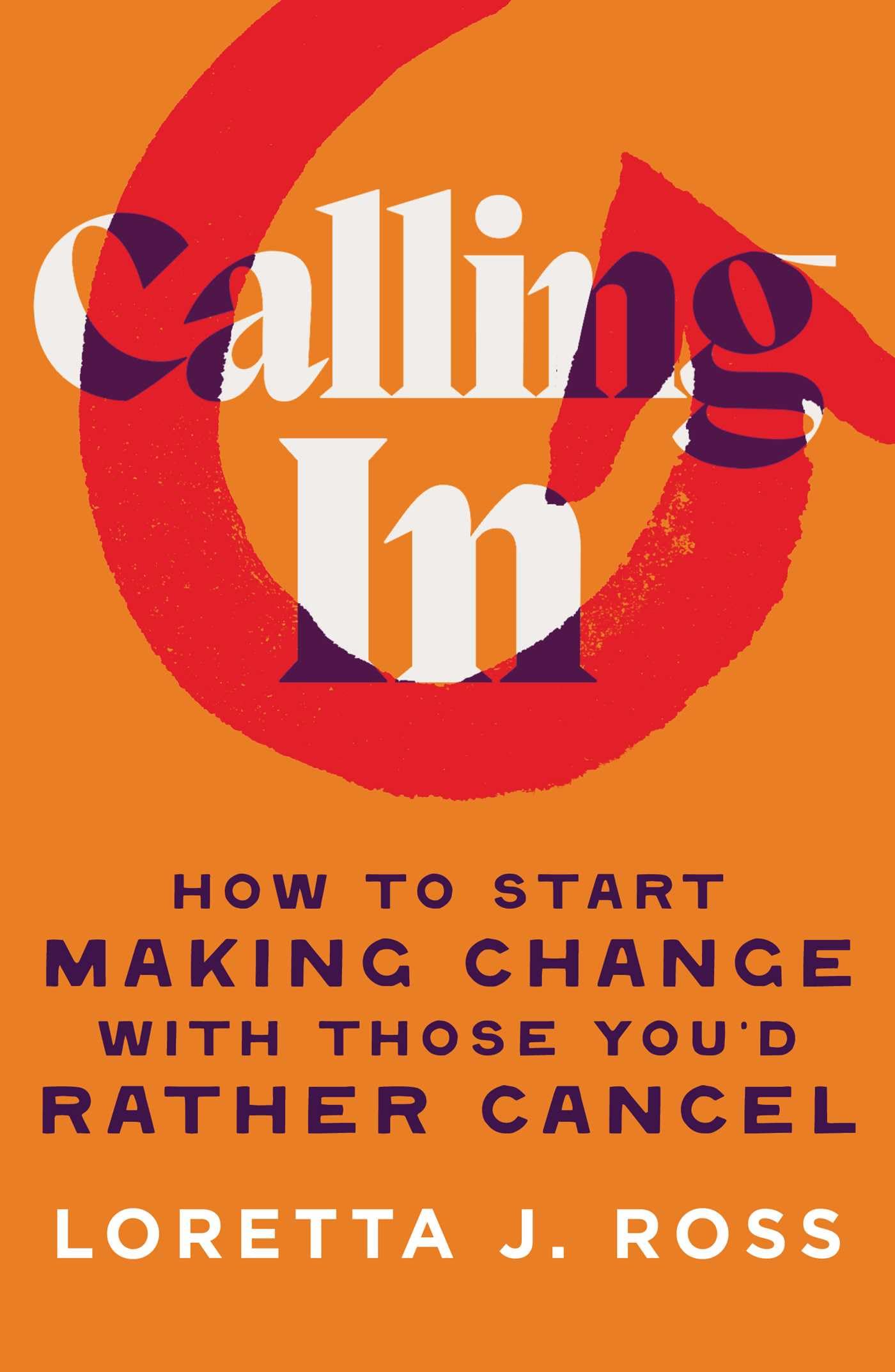
- Brian Bachmann, Stevenson Chair and professor of chemistry: Elixir: A Parisian Perfume House and the Quest for the Secret of Life by Theresa Levitt. “A beautiful story on the origins of organic chemistry, the role perfume and natural product isolation (for example, menthol and other essential oils) played, and intense academic politics. Favorite quote: ‘Ah scoundrel! Dog of a job! Cursed Provinces! What! I have nobody here to help me! (new professor, August Laurent, a founder of organic chemistry, 1845).’”
- Holly McCammon, chair of the Department of Sociology and Cornelius Vanderbilt Chair: Calling In: How to Start Making Change with Those You’d Rather Cancel by Loretta J. Ross. “Ross is a seasoned changemaker, and her genius on how to navigate our divided society today should not be missed.”
📖 A book you wish you read sooner
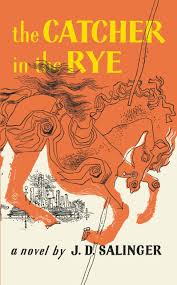
- John Koch, senior lecturer of communication studies: The Catcher in the Rye by J.D. Salinger. “For some reason, we never read this in school, even though it is far better than a lot of books we did read. I think it is a great story of trying to manage the difficult balance of living in two worlds, in Holden’s case that of an adolescent and someone who will soon be an adult.”
- Holly McCammon, chair of the Department of Sociology and Cornelius Vanderbilt Chair: The Premonition: A Pandemic Story by Michael Lewis. “We probably all, including our policymakers, should have read this before the pandemic. Unfortunately, it took the recent pandemic to have a book like this.”
🕯️ Your coziest read
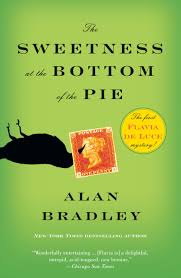
- Brian Bachmann, Stevenson Chair and professor of chemistry: The Sweetness at the Bottom of the Pie by Alan Bradley. “A young adult novel centered on the character of Flavia de Luce, an 11-year-old girl living in a dilapidating country mansion in 1950s England. Flavia is a gothic Tim Burton-style character whose main loves are chemistry and solving mysteries.”
- Claire Sisco King, chair of the Department of Cinema and Media Arts and associate professor of communication studies: I Miss You When I Blink by Mary Laura Philpott. “It’s a book about the day-to-day busyness of living life—from its smallest, most banal details to its monumental and unforgettable experiences. Philpott writes with both tenderness and humor about motherhood and the big feelings that being a parent generates. She’s a Nashville-based writer (and we went to college together), so a lot of the stories she tells feel quite familiar. I find it to be a quick read—mostly because I want to devour it when I pick it up—that also feels like a good conversation with an old friend.”
⏰ A book that transported you back in time
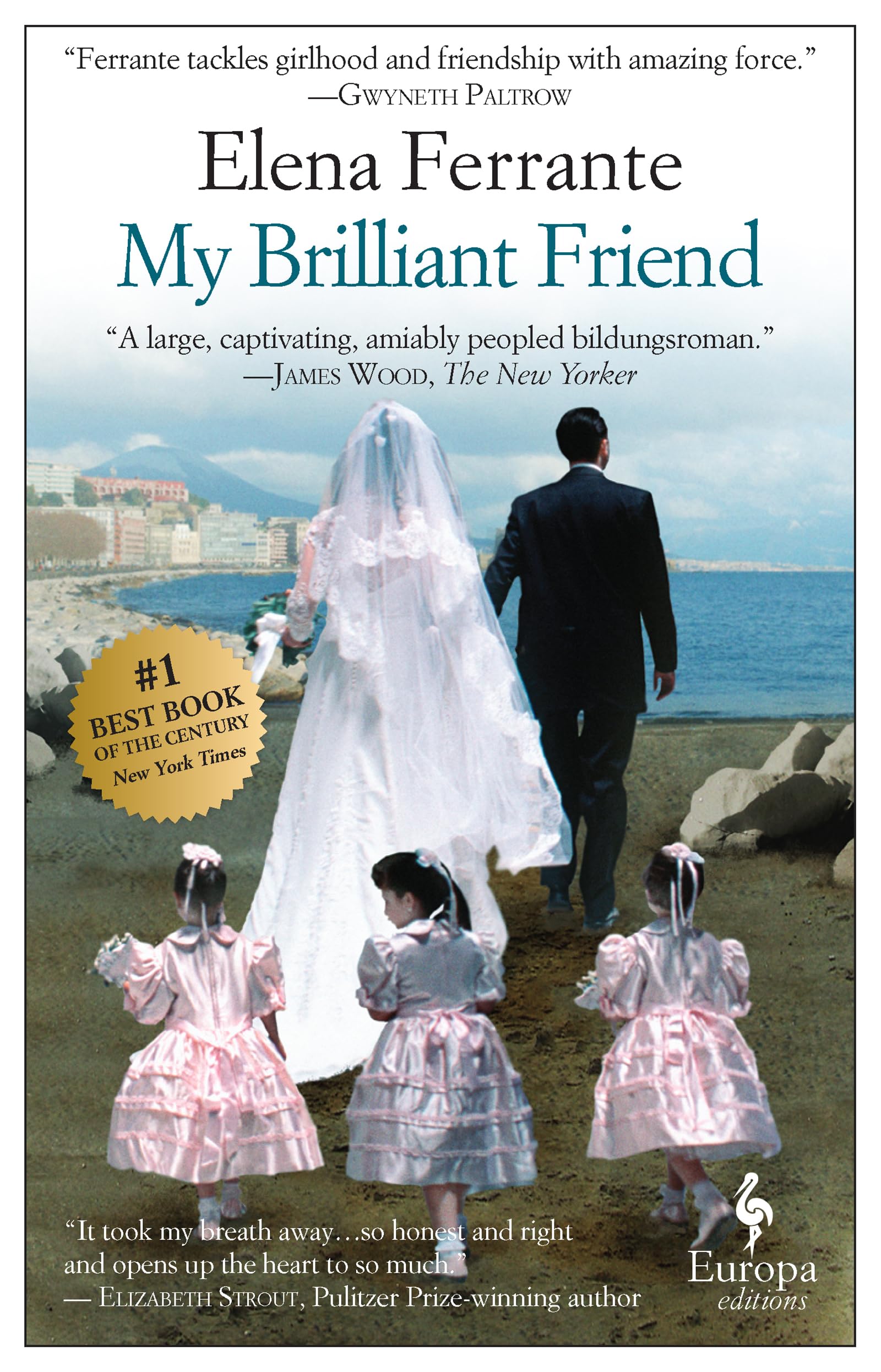
- John Koch, senior lecturer of communication studies: 11/22/63 by Stephen King. “I am huge fan of Stephen King, and this book does not disappoint as it takes readers back in time to the 1950s and ’60s, as one man tries to prevent the assassination of JFK.”
- Claire Sisco King, chair of the Department of Cinema and Media Arts and associate professor of communication studies: My Brilliant Friend by Elena Ferrante. “This 2011 novel, which was translated into English in 2012 by Ann Goldstein, transports readers to post-World War II Italy. It tells the story of friendships and rivalries between women, while also addressing economic and social inequities. As an academic, I love how much this book attends to the importance of education, and I also appreciate that it situates this consideration of the intellect in the context of post-war economic struggles. I also love this book on a more personal note, because it was given to me by a brilliant friend of my own who no longer lives in Nashville, and revisiting it also connects me to her.”
- Brian Bachmann, Stevenson Chair and professor of chemistry: James by Percival Everett. “A hilarious, dark, and clever retelling of the classic novel The Adventures of Huckleberry Finn from the perspective of the character Jim (actually James). It does honor to Twain with while at the same time looking unflinchingly in the horrors of American bigotry and slave culture. For me, it makes the original novel diptych and might rescue it for younger readers. It’s an antidote I did not know I needed.”
💭The book that taught you something or challenged your thinking
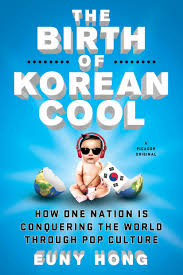
- John Koch, senior lecturer of communication studies: The Constitution of Knowledge: A Defense of Truth by Jonathan Rauch. “This book is essential reading for anyone who is concerned about the current state of our country’s politics. Rauch explains how we used to be able to disagree with each other, yet still make collective decisions, and how we can return to this system.”
- Karim Nchare, senior lecturer of economics: The Birth of Korean Cool: How One Nation Is Conquering the World Through Pop Culture by Euny Hong. “How are K-pop and K-drama related to economic development and industrial policies? In the 1960s, South Korea had a GDP per capita lower than that of many newly independent African countries. Sixty years later, the contrast in their trajectories is striking. American economist Alice Amsden predicted the trajectory of South Korea in her 1989 book, Asia’s Next Giant: South Korea and Late Industrialization, an essential read for anyone interested in industrialization and global competition. One aspect not foreseen in her book is that South Korea would go on to conquer the world through pop culture. In 2012, when Psy introduced the world to K-pop with his hit ‘Gangnam Style,’ I, like many others, thought the lyrics were about a horse-riding dance. I had no idea that the song was a satire of the lavish lifestyle in Seoul’s most affluent neighborhood, Gangnam. In The Birth of Korean Cool, Euny Hong, who grew up in Gangnam, recounts with great detail and humor the history behind the hit and South Korea’s elaborate and effective strategy to become the world’s largest exporter of pop culture. It is a humorous, bold, and enlightening account of South Korea’s industrialization as seen through the lens of pop culture and entertainment.”
